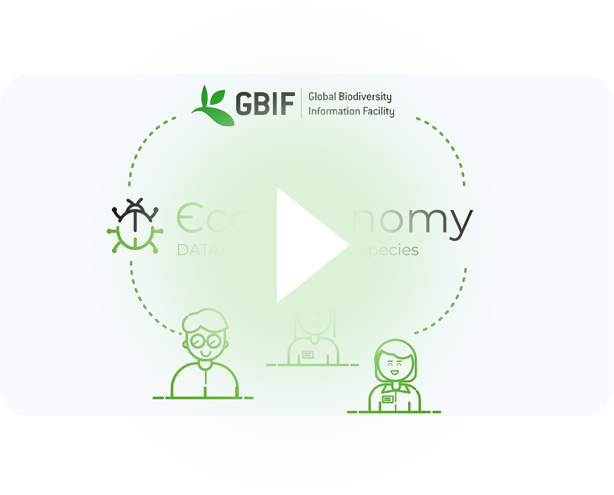Ecotaxonomy is an open cloud platform developed to integrate ecological research with taxonomic knowledge and expertise.
Ecotaxonomy is a repository for functional traits, identification characters and morphospecies. In our virtual research environment, we link individual organisms to environmental conditions and functional traits. Personal ecological projects can be customized in the system, facilitating collaborative synergies of researchers worldwide. As a publicly available output, we provide pictorial catalogues for morphospecies and traits and interactive identification keys for taxa.
At present, Ecotaxonomy is linking ecological and taxonomic work within the interdisciplinary research project EFForTS in Indonesia with focus on soil and arboreal arthropods. The platform also used by a number of laboratories around the world and we are welcome to new collaborators.
Check out the introduction to Ecotaxonomy on youtube.

Species are the main actors in environmental science and conservation politics. The knowledge of species diversity and composition is the foundation for studies on ecosystem functioning, community ecology ect.. But what makes a species so valuable? Apart from the aesthetic aspect, it is the ecosystem role that this species plays. On the global scale, only little is known on ecosystem roles of different species. This is especially true for tropical regions, where species are numerous and at the same time biological diversity remains undescribed. Ecological roles of species to an extent can be inferred from their morphology, allowing to extrapolate existing knowledge to unexplored regions and taxa. However, in most groups, the link between morphology and ecological roles is still not described. To fill this gap, we are developing a hub where people in different countries can together work on this task.
The Ecotaxonomy is a repository for identification characters and ecological traits of species and morphospecies. Our taxonomic backbone is based on the Global Biodiversity Information Facility (GBIF), which is being further attached with flexible system of morphological and ecological parameters, pictures and literature. As an output we are compiling publicly available catalogue on our web site. In collaboration with specialists worldwide we use the data on morphological identification characters to develop easy-in- use pictorial identification keys for different taxa.
We further developing universal morphological grids for different taxonomic groups to integrate existing biological knowledge in morphospecies-based parataxonomy. The Ecotaxonomy is a morphospecies repository that provides standardized definitions and linked to conventional taxonomic system. We believe that developing standardized system for morphospecies is mandatory to improve inter-study comparability and is a particularly important first step in ecological research in unexplored regions.
The Ecotaxonomy is a tool for data management in ecological projects. Whenever web connection is available, all members of the research team around the world is up-to- date with the project activities. A single common taxonomic and environmental backbone is used for the project to avoid simple typing mistakes or redundancy. With this, consistent and conclusive datasets can be produced to investigate ecological questions. Project relevant data of study sites and environmental parameter are linked directly to taxonomic backbone, and species morphological and ecological traits. By this link, species or supraspecific taxa collected during the project connect geographical and environmental data to morphological characters and ecological traits. New taxa and traits added to the database during the project with time become publicly available and can be used by any other project.
The Ecotaxonomy database was developed in the framework of the EFFortTS project to manage the undescribed species and connect several people working on the same dataset. Initially, database was used for soil mites (Oribatida) from Jambi province, Indonesia. Successful experience with this group inspired us to further develop a universal system that can be used for various projects and groups of organisms. Identification key that based on the morphology of species is created by continuous work and can be improved anytime. Existing data can be easily uploaded to the database but primary way is to enter data during the ongoing research, which requires minimum additional efforts and moreover – can greatly facilitate the research process.